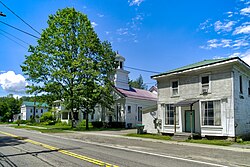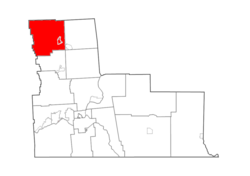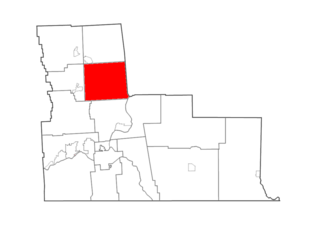
Barker is a town in Broome County, New York, United States. The population was 2,516 at the 2020 census. The town is named after John Barker, an early settler. The town is in the northern part of Broome County and is north of Binghamton.

Conklin is a town in Broome County, New York, United States. Per the 2020 census, the population was 5,008.

Maine is a town in Broome County, New York, United States. The population was 5,377 at the 2010 census.

Nanticoke is a town in Broome County, New York, United States. The population was 1,672 at the 2010 census. The town was named after the Nanticoke people, who were a Native American tribe native to Chesapeake Bay.

Triangle is a town in Broome County, New York, United States. The population was 2,946 at the 2010 census. The town's primary settlement is the village of Whitney Point.
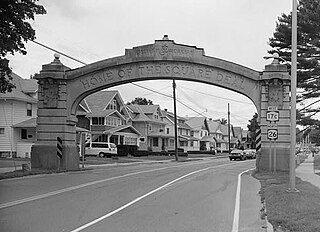
Union is a town in Broome County, New York, United States. As of the 2010 census, the town had a total population of 56,346. The name derives from the town having served as a rendezvous for the Sullivan Expedition.
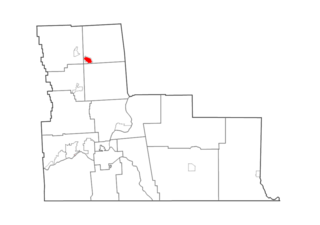
Whitney Point is a village in Broome County, New York, United States. The population was 964 at the 2010 census. It is part of the Binghamton Metropolitan Statistical Area. The name comes from Thomas and William Whitney, early developers.

Cortlandville is a town in Cortland County, New York, United States. The population was 8,509 at the 2010 census.
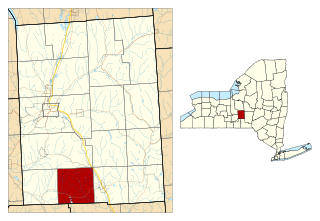
Lapeer is a town in Cortland County, New York, United States. The population was 767 at the 2010 census. Lapeer is on the southern border of Cortland County and is south of the city of Cortland.

Preble is a town in Cortland County, New York, United States. The population was 1,393 at the 2010 census. The town is named after Commodore Edward Preble, a naval hero.
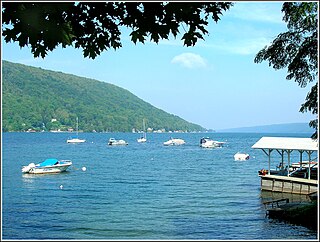
Scott is a town in Cortland County, New York, United States. The population was 1,176 at the 2010 census. The town was named after General Winfield Scott. It is in the northwestern corner of Cortland County and is northwest of the City of Cortland.
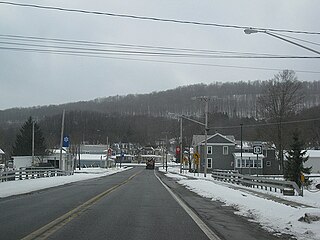
Truxton is a town in Cortland County, New York, United States. The population was 1,133 at the 2010 census. The town is named for Commodore Thomas Truxtun, a privateer in the American Revolution and one of the US Navy's first commanding officers.

Willet is a town in Cortland County, New York, United States. The population was 1,043 at the 2010 census. The town is named after Colonel Marinus Willet. It is in the southeast corner of the county, southeast of the City of Cortland.

Gilboa is a town in Schoharie County, New York, United States. The population was 1,111 at the 2020 census.

Lisle is a village in Broome County, New York, United States. The population was 320 at the 2010 census. It is part of the Binghamton Metropolitan Statistical Area. The village was named after a community in France.

Windsor is a town in Broome County, New York, United States. The population was 5,804 at the 2020 census.
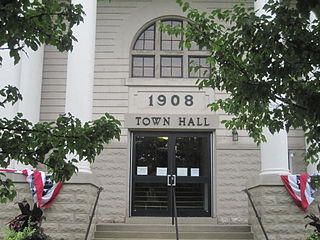
Homer is a town in Cortland County, New York, United States of America. The population was 6,405 at the 2010 census. The name is from the Greek poet Homer.
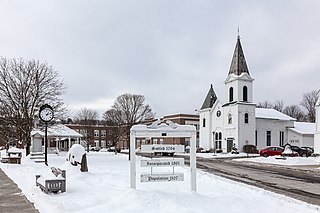
Marathon is a town in Cortland County, New York, United States. The population was 1,967 at the 2010 census.
Mount Morris is a town in Livingston County, New York, United States. The population was 4,465 at the 2010 census. The town and village were named after Robert Morris, a Founding Father of the United States.
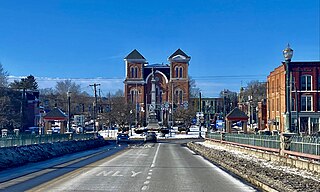
Owego is a town in Tioga County, New York, United States. The population was 18,728 at the 2020 census. The name is derived from the Iroquois word Ahwaga, meaning "where the valley widens".
